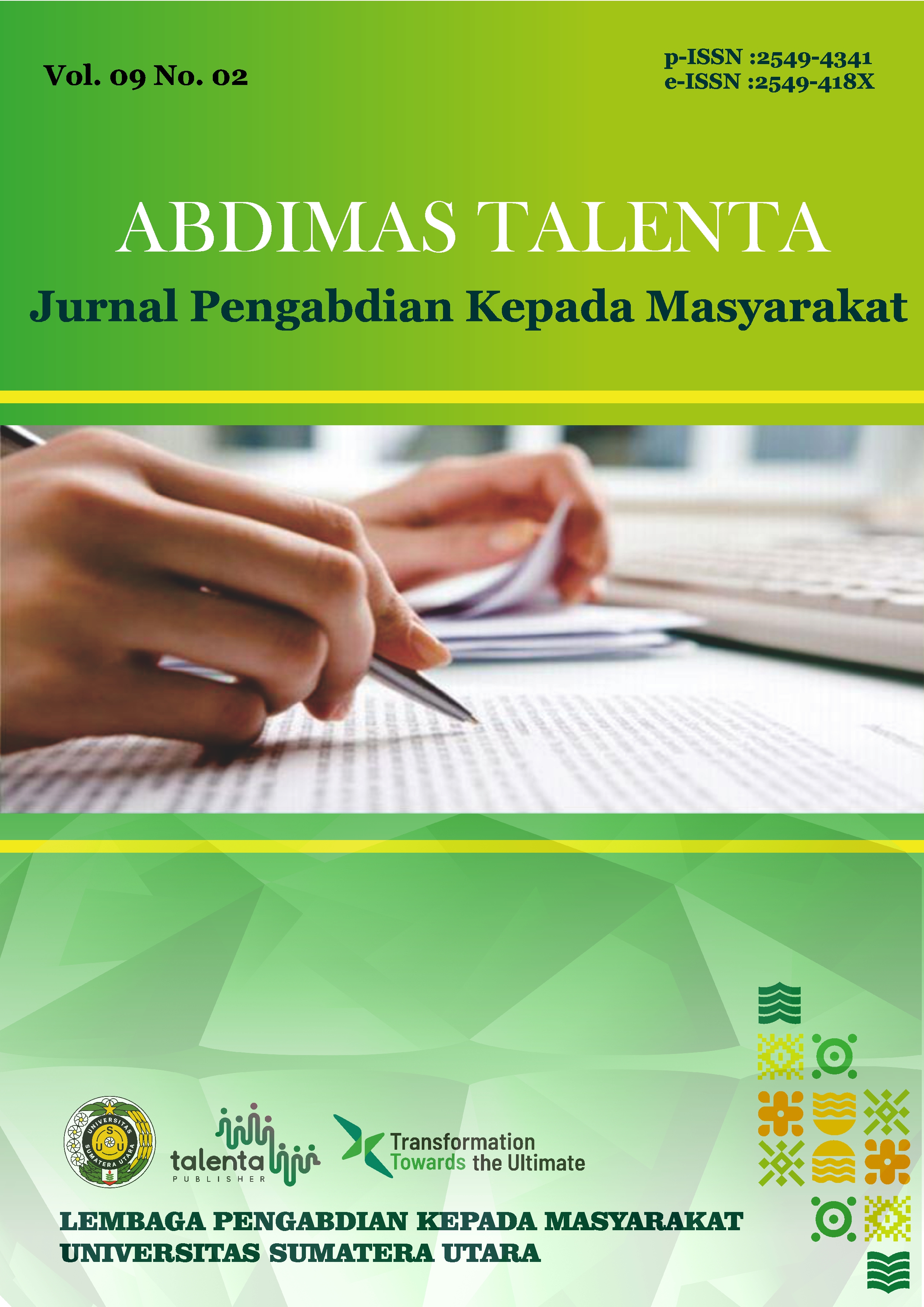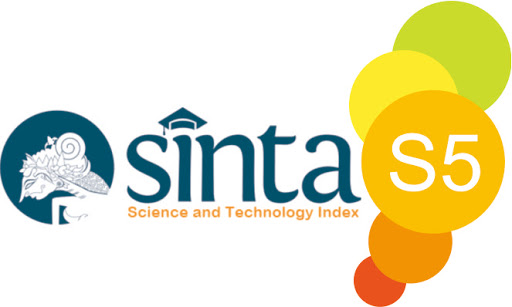Potential of Dry Leaf Waste as A Raw Material for Charcoal Briquettes Preparation as an Alternative Fuel
DOI:
https://doi.org/10.32734/abdimastalenta.v9i2.17774Keywords:
Briquettes, Fuel, Innovation, Leaf Waste, Sustainable EnergyAbstract
This research was motivated by the large potential of dry leaf waste in the campus environment of the University of North Sumatra and the awareness of the importance of appropriate innovation in the use of dry leaf waste as an environmentally friendly alternative fuel. The aim of this research was to determine the potential of leaf waste in the campus environment as a raw material for making environmentally friendly charcoal briquettes. The research method was observation, conducted in the campus environment of the University of North Sumatra, followed by calculating the amount of leaf waste produced per day, and testing continued with the production of dry leaf briquettes. The test results of the three combustions with different mixtures of raw materials in each combustion resulted in solid dry leaf briquettes that could ignite well. This study produced briquettes with proximate and ultimate tests that met SNI No.01-6235-2000 standards with a moisture content test of 4.35%, ash content test of 5.65%, carbon content test of 78.68%, calorific value of 6115 cal/g, and a burning rate of 1.5 grams/minute. Briquettes that meet SNI standards can become an environmentally friendly alternative energy source, a source of livelihood, and will certainly have a positive impact on waste management on the campus of the University of North Sumatra.
Downloads
Downloads
Published
Issue
Section
License
Copyright (c) 2024 ABDIMAS TALENTA: Jurnal Pengabdian Kepada Masyarakat

This work is licensed under a Creative Commons Attribution-ShareAlike 4.0 International License.
The Authors submitting a manuscript do so on the understanding that if accepted for publication, copyright of the article shall be assigned to Jurnal Abdimas TALENTA as well as TALENTA Publisher Universitas Sumatera Utara as the publisher of the journal.
Copyright encompasses exclusive rights to reproduce and deliver the article in all forms and media. The reproduction of any part of this journal, its storage in databases and its transmission by any form or media, will be allowed only with written permission from Jurnal Abdimas TALENTA.
The Copyright Transfer Form can be downloaded here.
The copyright form should be signed originally and sent to the Editorial Office in the form of original mail or scanned document.












